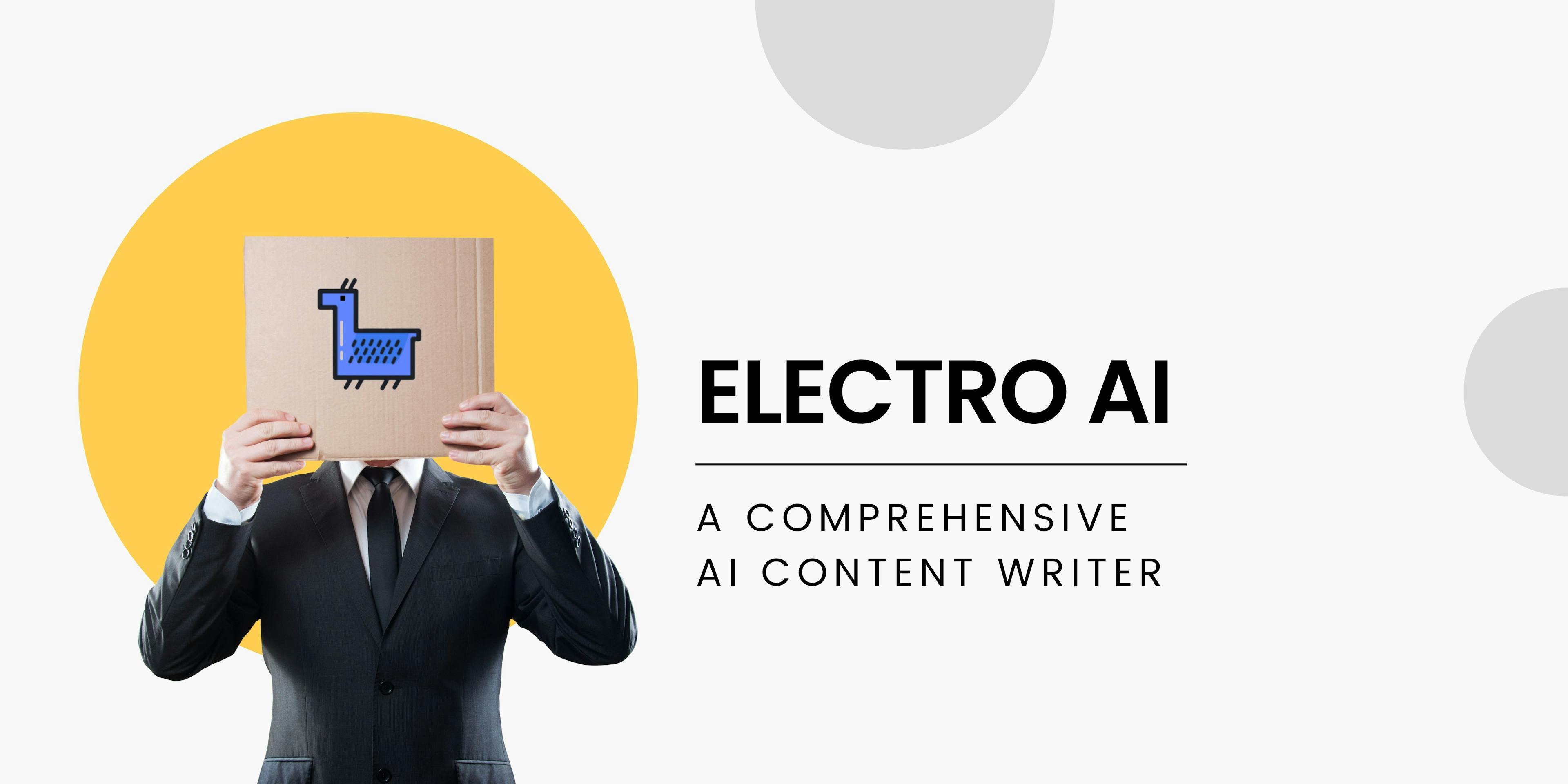What is GPT-4 About? - OpenAI New Language Model GPT
See everything you need to know about GPT-4, the new language model developed by OpenAI. Access it on ChatGPT Plus, API, or OpenAI Evals.

Natural Language Processing (NLP) has been advancing quickly over the last few years, and OpenAI’s GPT-3 represents a major milestone in this field. But, with the release of GPT-4, many anticipate a leap in NLP capabilities.
This AI system promises to take language generation and understanding to new heights, with potential applications in various fields, from business to science. In this article, we will explore what we know about GPT-4 so far. Including its potential impact on NLP and society as a whole, limitations, and concerns.
We will also discuss the future of GPT-4 and what it could mean for the future of NLP research. But first, let’s see what GPT-4 actually is!

What is GPT-4?
GPT-4 is an artificial intelligence language model developed by OpenAI, designed to generate human-like language and process images. It is a more advanced version of the earlier GPT models, such as GPT-3, and the test-run model, GPT-3.5.
The AI is trained on a massive amount of data, allowing it to understand language at a deep level and generate high-quality text in response to prompts.
This technology has a wide range of potential applications, creating chatbots, improving language translation, and assisting with scientific research. However, there are also concerns about its ethical implications, including potential biases, errors and misuse.
GPT-4 is expected to be fully released in the coming years, although a specific date has not yet been announced. At the moment, it can be accessed through ChatGPT Plus, API, and OpenAI Evals for testing purposes.
What can GPT-4 do?
The newest large language model is more complex than previous models, although differences from GPT-3.5 can be quite subtle. As the task reaches the sufficient threshold of complexity and creativity, GPT-4 understands much more nuanced instructions.
The AI system has undergone standardized tests that allowed experts to learn from GPT previous versions and fine tune this new model. It has upgraded from simply answering questions to score highly on exams designed for humans.
GPT-4 doesn’t have a text only setting, as it can also process images and documents. Its output consists of text, code, and images, it just has to be prompted to offer whatever you need. It can even generate recipes and transform a sketch into an image.

Source: OpenAI
As opposed to ChatGPT, this version has multiple new features that will make your text really cool. The most interesting one is the multiple tones you can use for the generated text, from the “system” message. It allows you to customize your experience through text inputs and create a blog post sure to reach your audience.
While GPT-4 is not fully reliable yet. It is still being tested and improved to decrease similar limitations to earlier models (such as hallucinations) and better assist with any language task. It stands out from the other language models with its capacity to process more text inputs (a word count as high as 25,000).
It can make mistakes, by being confidently wrong and not double check the information it provides. However, through reinforcement learning and deep learning, it still scores higher than previous models.
What can I use GPT-4 for?
This language model can be used for many more things. Here are a few of them:
- Write a good blog post for your eCommerce website
- Transform a hand drawn sketch into a website
- Find free email marketing tools
- Use its new features to prompt it to describe images in detail
- Need more creativity? Prompt it to give you ideas
- Get code for your game or website
- Get a list of cloud collaboration tools for your business
And so many other. Play around with it!
How do I use GPT-4?
The easiest way to access this version of the other large language models is through ChatGPT Plus. This is a premium version of the viral chatbot that costs $20/ month, available in any circumstance, even when demand is high.
Another way to use the language model is to join the API waitlist. OpenAI makes it available as an API especially for developers to build softwares and applications. Lastly, you can use OpenAI Evals to test the model and help find possible flaws.

How is GPT-4 different from GPT-3?
Before getting into more detail about the new generative AI system, let’s see a brief overview of other AI models. More specifically, GPT-3, as it is the current language model available.
Open AI language models – GPT-3
GPT-3 is a fine tuned, large language model, it has 175 billion parameters, and can perform various language tasks. They include language translation, question-answering, and generates text outputs. Also, it has shown impressive capabilities in generating human-like text.
It has already been used in a wide range of applications, such as chatbots, virtual assistants, and content creation tools. However, similarly to new versions, there are also concerns about its ethical implications.
Despite these concerns, GPT-3 is a significant advancement in the field of natural language processing and has the potential to revolutionize the way we interact with technology.
Although ChatGPT and other generative AI systems are already good language models, there is always room for improvement. For this reason, GPT-4 is in the works to remodel machine learning systems.

ChatGPT
The viral chatbot ChatGPT combines the architecture of the two models together in one platform. It is a generative AI designed to give text outputs using natural language models.
While it has a text only setting, the information is most of the time accurate due to its deep learning capacities, advanced reasoning, and internet data training. The AI system can be accessed on the browser of any Android or Apple devices.
Type inputs consisting of detailed requests for a more accurate response and let ChatGPT do its magic. Although it doesn’t understand much more nuanced instructions than GPT-4, the free version is great in assisting any language task.
What can be improved in GPT-4?
Generative Pre-trained Transformer 3 is already a highly advanced language model, but there are several potential improvements that GPT-4 could offer over its predecessor. Here are a few possibilities:
- GPT-3 is already the largest language model to date. However, GPT-4 could potentially have an even larger model size, allowing it to process more complex language tasks.
- GPT-4 could have a more sophisticated architecture, allowing it to better understand the structure of language and generate higher quality text.
- The new AI model could be trained on a more diverse and extensive dataset, which could improve its accuracy and reduce errors in language generation.
- GPT-4 could potentially be trained to understand and generate uncommon languages better than GPT-3, which would be especially useful for translation and interpretation applications.
- The AI system can address some of the ethical concerns raised by GPT-3, such as potential biases in language generation, ethical considerations in its applications, or safety implications.
Overall, GPT-4 has the potential to take language processing and text outputs to even greater heights. Its improved capabilities can have a wide range of applications in various fields, such as economics and engineering.
Training method of AI models: GPT-4
The AI system has been trained and fine tuned with publicly available data up until September 2021. This means that it is more prone to reasoning errors on information after that date. Its biggest source of knowledge is internet data licensed by OpenAI, so it contains all kinds of information. From correct to incorrect answers, and sometimes even contradicting ones.
Because GPT-4 can offer outputs in multiple variations, the developers use reinforcement learning with human feedback (RLHFB) for advanced reasoning to many real world scenarios. This way, answering questions better match the user’s intent and understand nuanced instructions.

Source: OpenAI
OpenAI has even trained GPT-4 on aspects such as sensitive or disallowed topics. As the image shows, out of all other large language models, it has better scores overall on the incorrect behavior rate. It answers to sensitive prompts up to almost 30% more often, and to disallowed prompts up to 82% less.
Conclusion
Whether you use GPT-4 for fun, to have a casual conversation with a bot, or just as an easy way to find information, it enjoys more creativity and new capabilities. Its data is constantly updated to improve response accuracy, so it is slowly becoming more reliable.

